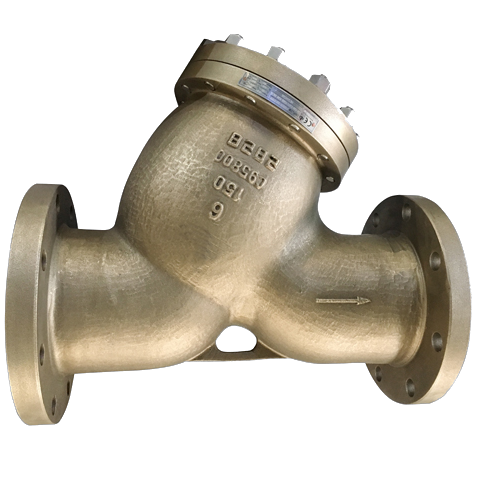In lubrication systems, the Oil Pump Strainer, though structurally simple, plays a critical role as the "first line of defense." It is a key component in preventing contaminants from entering the oil pump. Long-term neglect of its maintenance can lead to premature pump wear, abnormal system pressure drops, or even severe engine damage.
This article systematically explains this core component from its installation location, working principles, common issues, and maintenance methods to help engineers and maintenance personnel improve system reliability.
1. Installation Position of Oil Pump Suction Strainer
The oil pump suction strainer is typically installed at the suction side of the lubrication system, such as:- Inside the engine oil sump
- At the lower section of hydraulic system tanks
- At the transmission oil pump inlet
2. Working Principles and Functions
(1) Coarse Filtration
The strainer's filtration accuracy typically ranges from 80–500 μm, targeting large contaminants. It does not replace the role of fine filters (e.g., oil filter cartridges).(2) Pump Protection
Moving parts of oil pumps (e.g., gear pumps, vane pumps, or plunger pumps) are highly sensitive to contaminants. Particles entering the pump can accelerate wear or even cause seizure, leading to system pressure loss.(3) System Stability
By blocking contaminants, the strainer reduces the risk of oil passage blockages, extends the service life of primary filters, and enhances overall system cleanliness and stability.3. Maintenance and Replacement Recommendations
(1) Regular Inspection
Inspect the strainer for clogging, deformation, or damage during every oil change. For harsh operating conditions (e.g., mining equipment, heavy-duty vehicles), increase inspection frequency.(2) Cleaning and Replacement
- Metal mesh strainers: Clean with compressed air or solvent.
- Disposable strainers (common in passenger vehicles): Replace at specified intervals.
- Frequency: Align with oil change cycles or follow system alarm triggers.
(3) Avoid rough handling during disassembly/assembly
The oil suction strainer is connected to the oil pump or suction pipe, typically via threaded or snap-fit connections. During disassembly or assembly, avoid tool-induced damage, and take special care to prevent crushing the strainer housing or damaging its welded joints.4. Common Failures and Solutions
| Problem Expression | Possible Causes | Recommended Solutions |
|---|---|---|
| Low system oil pressure | Strainer clogging | Clean or replace the strainer |
| Increased pump noise | Air ingress causing cavitation | Check strainer seal, oil level, and lines |
| Frequent strainer damage | Metal debris or severe oil contamination | Replace oil, inspect mechanical wear sources |
| Premature pump wear | Strainer failure | Regular inspection |

